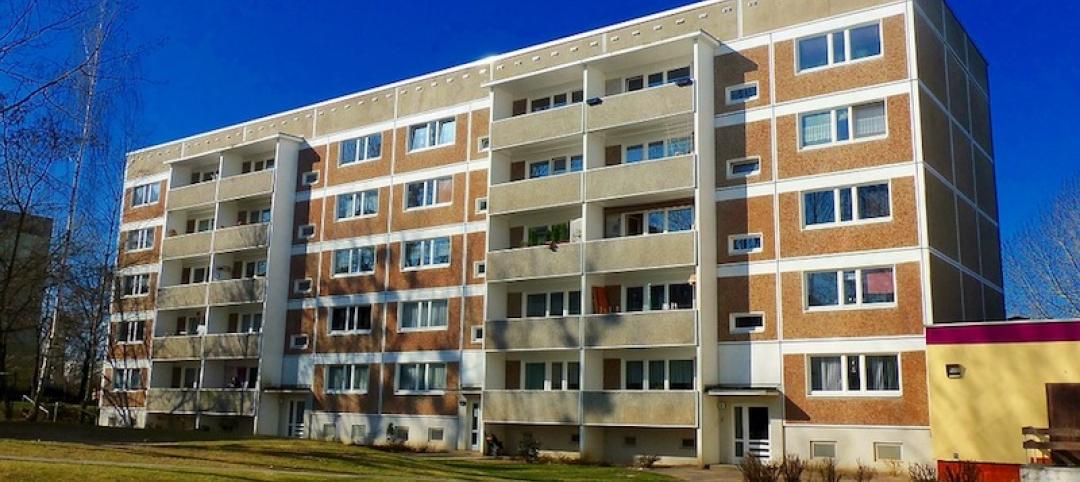Energy efficiency upgrades in multifamily properties offer benefits to residents including lower utility bills, but some of the materials used in these projects to better insulate buildings can create health hazards.
A new report by Energy Efficiency for All (EEFA)—Making Affordable Multifamily Housing More Energy Efficient: A Guide to Healthier Upgrade Materials—offers a comprehensive guide for builders and policymakers in the use of readily available, healthier insulation and sealing materials. It includes policy frameworks to accelerate these materials’ adoption and improve air quality.
Currently, contractors and building owners are most focused on boosting efficiency performance levels of insulation and air sealing specifications with less consideration for the potential air quality impact of materials such as spray foam and modified polymer and polyurethane sealants. These materials commonly contain isocyanates, flame retardants, and phthalates that have been linked to health problems.
There are opportunities to promote healthier retrofit materials through green standards, but a broad industry discussion is needed to build consensus around a common approach, according to an article at the Natural Resources Defense Council. The Low-Income Housing Tax Credit, the most common financing source for building, renovating, and retrofitting affordable multifamily housing, for example, is a key driver in materials decisions. It could be used to promote the use of healthier insulating materials.
Related Stories
Codes and Standards | Jan 7, 2019
Washington, D.C., to transition to 100% renewable energy by 2032
Includes measures to reduce emissions from buildings and transportation.
Codes and Standards | Jan 4, 2019
Canada’s National Building Code will include climate change obligations
New durability requirements for new buildings in the works.
Codes and Standards | Jan 4, 2019
LEED v4.1 beta registration begins in January
First releases are O+M, BD+C, and ID+C.
Codes and Standards | Jan 3, 2019
U.S. Appeals Court says general contractors can be cited for subcontractor violations
Ruling will prompt review of OSH decision that said GCs cannot be held liable for subs’ violations.
Codes and Standards | Jan 3, 2019
Tall mass timber code changes receive final approval
New provisions to be included in the 2021 International Building Code.
Codes and Standards | Jan 2, 2019
ASHRAE’s Low-Rise Residential Buildings standard update now available
Performance measures are at least 50% more efficient than 2006 IECC.
Codes and Standards | Jan 2, 2019
Study compares labor hours for various low-slope roofing options
Type of roof covering, project parameters, tool management, and crew efficiency all impact profitability.
Codes and Standards | Dec 20, 2018
New York’s ‘Scaffold Law’ under fire for driving up project costs
Lawmakers under pressure to reform law that makes contractors 100% liable for work-site injuries.
Codes and Standards | Dec 19, 2018
Guidance for water utilities on indoor recycled water use released
Provides recommended ranges on 13 different parameters of water quality.
Codes and Standards | Dec 18, 2018
Development in Africa, Asia, and uptake in air conditioning will require more efficient buildings
Dramatic action will be needed for global building sector to cut carbon in line with international agreements.

















